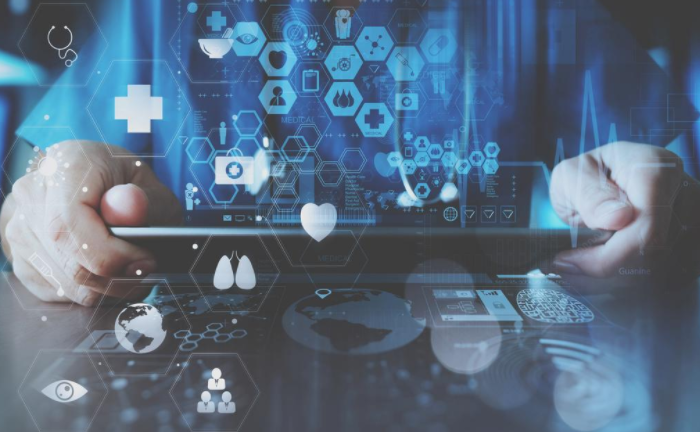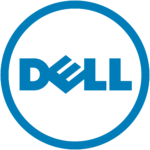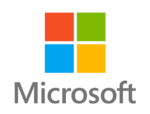Maybe you can relate to this.
Recently I went to a local medical laboratory here in Orlando, Florida, for my annual medical check-up. Since this was a new lab for me, I was warned of the need to complete several forms of “paperwork.”
Well, being the on-time kind of guy I am, I showed up 20 minutes early and was given a clipboard with several pages to complete.
Each form required re-entering common information. Ugh!
After taking the time to complete these forms by hand, I was informed that now I had to take the papers physically back to my doctor’s office! This added to the delay as the forms were processed in a 1930s style.
Once you’ve seen a new technology in one area, you realize it can be used in other areas. When Amazon can deliver packages in two days, sometimes one, and sometimes even the same day, why should we have to wait eight weeks for other items to be delivered by mail?
This reduced-time principle applies to medical records and other needs.
We need instant access through an internet-accessible, HIPAA-compliant (based on the Health Insurance Portability and Accountability Act of 1996) way to get information from one health care provider to the other.
In health care, as in many other industries, we are seeing an emergence of permission-granted networks so that approved professionals can access records under specified protocols. This is where blockchain works. And, with a little research, I was able to see several distinct advantages of this new technology being implemented for health care.
Think of blockchain technology as a distributed database with the ability to have write-once, never-change (immutable) records kept. Blockchain serves as a “middleman” in the supply chain of information; it is a digital ledger of transactions.
Blockchain is often associated with cryptocurrencies like Bitcoin, Ethereum, Dash and others. These are monetary instruments but they also keep an immutable record of transactions. One of the blockchain applications is health care information.
















